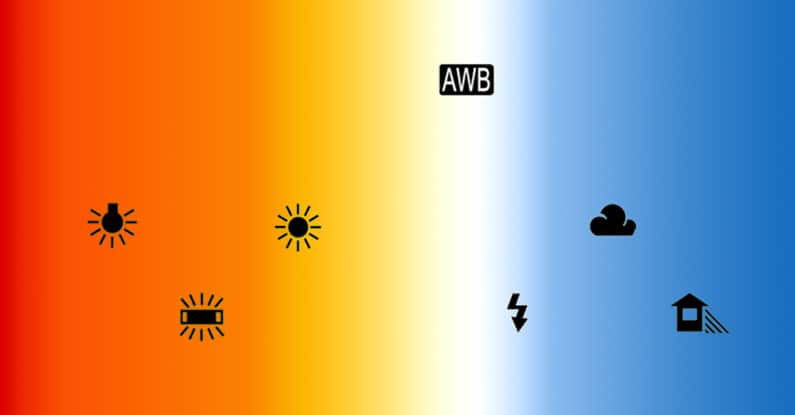
This relation can be described as a linear function which means, for example, double the light leads to double the charge, 10% more light leads to 10% more charge etc. That means that there is a mathematical relationship between the amount of light hitting a photo site and the electrical charge that’s created. It reacts in a “linear” way to the amount of light.

Let’s take a closer look at what “log signal” actually means. Also the grading color spaces/encodings coming with the ACES pipeline, such as ACEScct, are log-based. These signals always require certain processing to look decent on a monitor, such as a “log-to-video” LUT or an ACES color pipeline configuration. Vendors like ARRI, Canon, RED, Sony and others offer “log”-based output from their cameras.
#White balance in exposure x code#
That kind of change of each code value is what we want to achieve when we use the ASC CDL to change exposure. The example above illustrates this mathematical formula for exposure in linear light code values: We multiply by a factor. So we can provide a simple formula describing the exposure in linear light: It’s a multiplication of a fixed value (the exposure value) with every sensor value: Increasing by one stop leads to double the light on the sensor, and increasing by two stops leads to four times the light (2×2) on the sensor. Reducing the exposure by “one stop” (the typical set-term for exposure amount) reduces the light to only half of the light reaching the sensor. For example, when we open or close the aperture, we change the exposure – in a linear (!) way. What is exposure, and what do we need to do to change it digitally? Adjusting the exposure means letting more or less light to the sensor. Again, it can be very helpful to compensate for that in order to achieve a consistent look on the preview monitors on set. That can lead to a “cooler” appearance in one shot and a “warmer” appearance in another shot, although the light had not been changed. Light sources of different color temperatures are often mixed in a scene, and depending on where an actor is standing, varying lights are dominating.Then the digital look on the preview monitors on set should compensate for that. There are situations where the scene requires to be a little under or overexposed – for instance, to avoid highlight clipping or noise in the blacks.But there are situations where exposure and white balance is chosen differently at the camera, or adjustments are simply easier and quicker done at the DIT cart: The camera (with its ASA, exposure time, and white balance settings) and the lens (with its aperture ring) offer the best places to get exposure and white balance right.

Let’s first stick with the use cases for a bit and talk about why having controls for exposure and white balance at the DIT cart can be helpful in various ways. Use Cases for Digitally Adjusting Exposure and White Balance We will try to illustrate why and how you can use that in your setup. The result will be an approximation only – but in fact, a pretty good one. This article wants to illustrate how you can use an ASC CDL color grade to modify an image’s exposure and white balance. Still, the designers of ASC CDL made some excellent decisions that make the ASC CDL quite powerful.
#White balance in exposure x plus#
The ASC CDL seems limited with its ten parameters (three channels per “Offset”, “Power”, and “Slope” plus one saturation). “It’s now ten years of digital cinematography, and all we have is ASC CDL” – that’s what sometimes comes to mind when thinking about color metadata and interoperability between systems.


 0 kommentar(er)
0 kommentar(er)
